News


News

The Hidden Risks of Using Non-Waterproof Connectors in Low Voltage Systems
Release time:2025-02-08
viewed:345
In the world of electrical systems, every component plays a critical role in ensuring safety, reliability, and efficiency. When it comes to low voltage applications—such as solar panels, LED lighting, or automotive electronics—choosing the right connectors is especially important. While non-waterproof connectors may seem like a cost-effective solution, they can lead to significant risks and hidden costs in the long run. This article explores the dangers of using non-waterproof connectors in low voltage systems and why investing in low voltage waterproof wire connectors is a smarter choice.
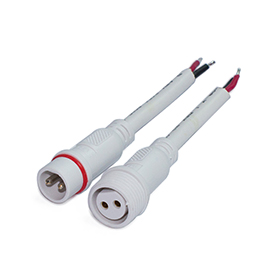
Low voltage systems (typically 12V-48V) are often used in environments where moisture, dust, and temperature fluctuations are common. Non-waterproof connectors, while cheaper upfront, are not designed to withstand these conditions. Here’s what can go wrong:
When water or moisture seeps into a connector, it can create a conductive path between pins, leading to short circuits. In low voltage systems, even a small short circuit can disrupt the entire circuit, causing:
System downtime: Interruptions in power or signal transmission.
Component damage: Overheating or burnout of sensitive electronics.
Safety hazards: Risk of sparks or electrical fires in extreme cases.
Example: A solar panel system using non-waterproof connectors may fail during a rainstorm, resulting in lost energy production and costly repairs.
Moisture accelerates the oxidation of metal contacts, leading to corrosion. This not only increases electrical resistance but also weakens the mechanical integrity of the connector. Over time, corroded connectors can:
Reduce conductivity: Higher resistance leads to energy loss and inefficient performance.
Cause intermittent connections: Flickering lights or unstable sensor readings.
Fail completely: Requiring replacement and increasing maintenance costs.
Data Point: Studies show that corrosion can increase electrical resistance by up to 50%, significantly impacting system efficiency.
Non-waterproof connectors are more prone to failure in harsh environments, leading to:
Frequent repairs: Labor and material costs add up over time.
System downtime: Lost productivity or revenue, especially in commercial or industrial applications.
Replacement expenses: The need to replace connectors (and sometimes entire systems) prematurely.
Case Study: A marine lighting system using non-waterproof connectors required replacements every 6 months, while a waterproof alternative lasted over 5 years with minimal maintenance.
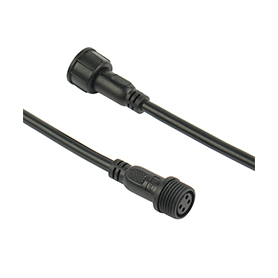
Low voltage waterproof wire connectors are specifically designed to address the challenges of moisture, dust, and temperature extremes. Here’s how they outperform non-waterproof options:
Waterproof connectors feature:
IP Ratings: IP67 (temporary submersion) or IP68 (prolonged submersion) protection.
Sealed Housings: Silicone gaskets and O-rings prevent water ingress.
Robust Materials: Corrosion-resistant metals and durable thermoplastics.
Example: An IP68-rated connector can be submerged in water for hours without compromising performance.
Prevent Short Circuits: Sealed designs eliminate the risk of water-induced shorts.
Resist Corrosion: Gold-plated contacts and stainless steel components ensure long-term conductivity.
Withstand Harsh Conditions: UV resistance, wide temperature ranges (-40°C to +125°C), and chemical resistance.
While waterproof connectors may have a higher upfront cost, they offer significant savings over time:
Reduced Maintenance: Fewer replacements and repairs.
Extended Lifespan: Durable designs last years, even in challenging environments.
Improved Efficiency: Consistent performance minimizes energy loss and downtime.
ROI Example: A factory using waterproof connectors in its low voltage control systems saved $10,000 annually in maintenance costs.
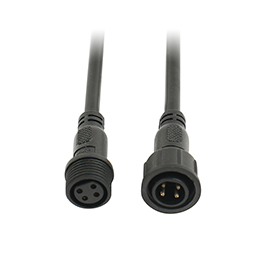
Reality: The initial cost is offset by long-term savings in maintenance, repairs, and system downtime.
Reality: Even indoor or seemingly dry environments can experience condensation, spills, or humidity, making waterproofing a wise precaution.
Reality: Quality varies by manufacturer. Look for certifications (UL, CE, RoHS) and test reports to ensure reliability.
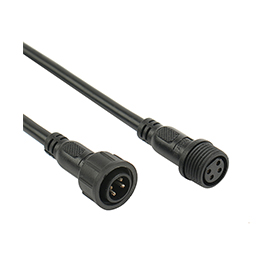
When selecting low voltage waterproof wire connectors, consider:
IP Rating: Match the level of protection to your environment (e.g., IP67 for outdoor use, IP68 for submersion).
Current and Voltage Ratings: Ensure compatibility with your system’s specifications.
Material Quality: Opt for corrosion-resistant metals and UV-stable plastics.
Ease of Installation: Look for user-friendly designs (e.g., screw-on or push-lock mechanisms).
Pro Tip: Work with a trusted waterproof connector manufacturer to customize solutions for your specific needs.
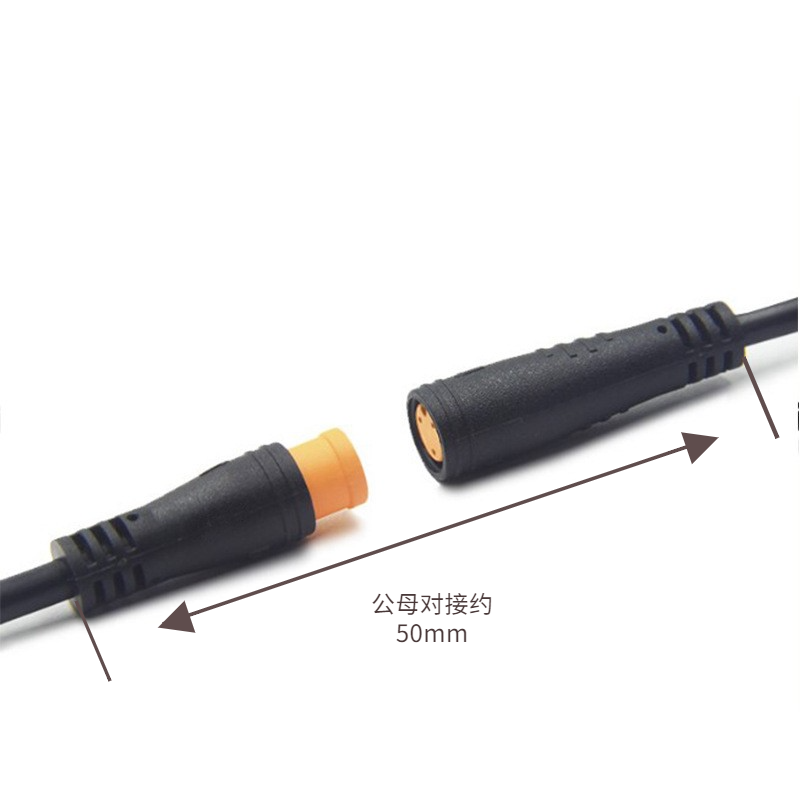
Using non-waterproof connectors in low voltage systems may seem like a way to save money, but the hidden risks—short circuits, corrosion, and frequent failures—can lead to higher costs and safety concerns. By investing in low voltage waterproof wire connectors, you ensure reliable performance, reduced maintenance, and long-term savings.
At [Your Company Name], we specialize in high-quality waterproof connectors designed for low voltage applications. Our products are rigorously tested to meet international standards, ensuring peace of mind for our clients.
Ready to Upgrade Your System?
Contact us today to learn more about our waterproof connector solutions or request a free sample!